Struggling with inconsistent quality or delayed shipments? Choosing the wrong wet wipes manufacturer1 costs more than money — it costs trust and time.
To choose the right wet wipes manufacturer, you need to assess your business needs, check factory capabilities2, verify certifications3, and ensure communication, delivery, and quality systems meet your standards.

I’ve worked with dozens of buyers like Michael James, a quality-conscious distributor from Germany. Each had unique needs, but the challenges were often the same — unreliable suppliers4, missing certificates5, and poor follow-up. If that sounds familiar, you’re in the right place. This guide walks you through exactly what to check, ask, and expect.
What are your real business needs?
If your supplier doesn’t understand your goals, the product will never align with your market. The first step is always clarity.
Start by defining whether you need OEM, ODM, or private label manufacturing6, as this affects product design, customization, and batch size flexibility.

Clarify your model, volume, and usage
I always ask new customers three questions first: Are you building your own brand? Are you targeting retail, institutional, or industrial users? And how big are your batches? These determine everything — from wipe materials to packaging specs.
| Business Model | Definition | What You Need |
|---|---|---|
| OEM | Your design, our production | Custom packaging, stable specs |
| ODM | Our formula, your branding | Fast launch, limited control |
| Private Label7 | Existing product with your label | Low MOQ, fast turnaround |
Also consider the usage scenario. Medical wipes need stricter controls than household wipes. Baby wipes need hypoallergenic materials. These details shape the formula and even the folding method.
How do certifications affect your reputation?
Buyers often assume all suppliers have the same standards. That’s a costly mistake. Certifications aren’t just paper — they’re proof.
Check for ISO, GMP, FDA, CE, REACH, and other relevant certificates. Cross-verify them with issuing bodies.
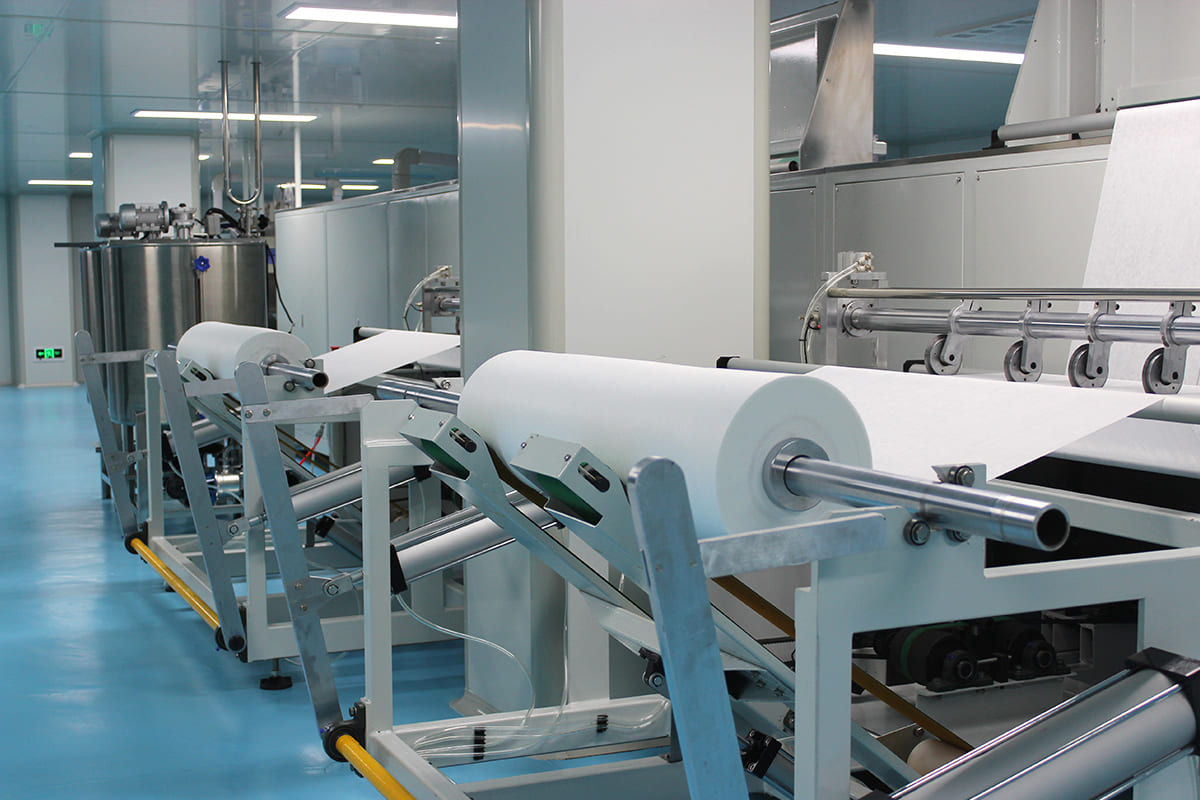
Understand what each certification really means
In my experience, European buyers often ask for REACH8, while U.S. customers look for FDA9 and EPA10. Some Chinese factories list fake or outdated certificates — so always verify. Here’s a quick guide:
| Certification | Meaning | How to Verify |
|---|---|---|
| ISO 9001 | Quality management | Check on ISO.org |
| GMP | Good manufacturing practices | Ask for audit report |
| FDA | U.S. compliance | Search FDA database |
| CE | EU safety standards | Check NB number online |
| REACH | Chemical safety | Request test report |
| EPA | Disinfectant registration | Verify EPA number |
Never settle for “we have it.” Ask for digital copies and sample test reports. A reliable supplier will always provide them.
What should you look for in the factory?
Not all factories are created equal. The number of lines and level of automation affect your price and delivery.
Ask about production lines, daily capacity, automation, and QC systems before moving forward.
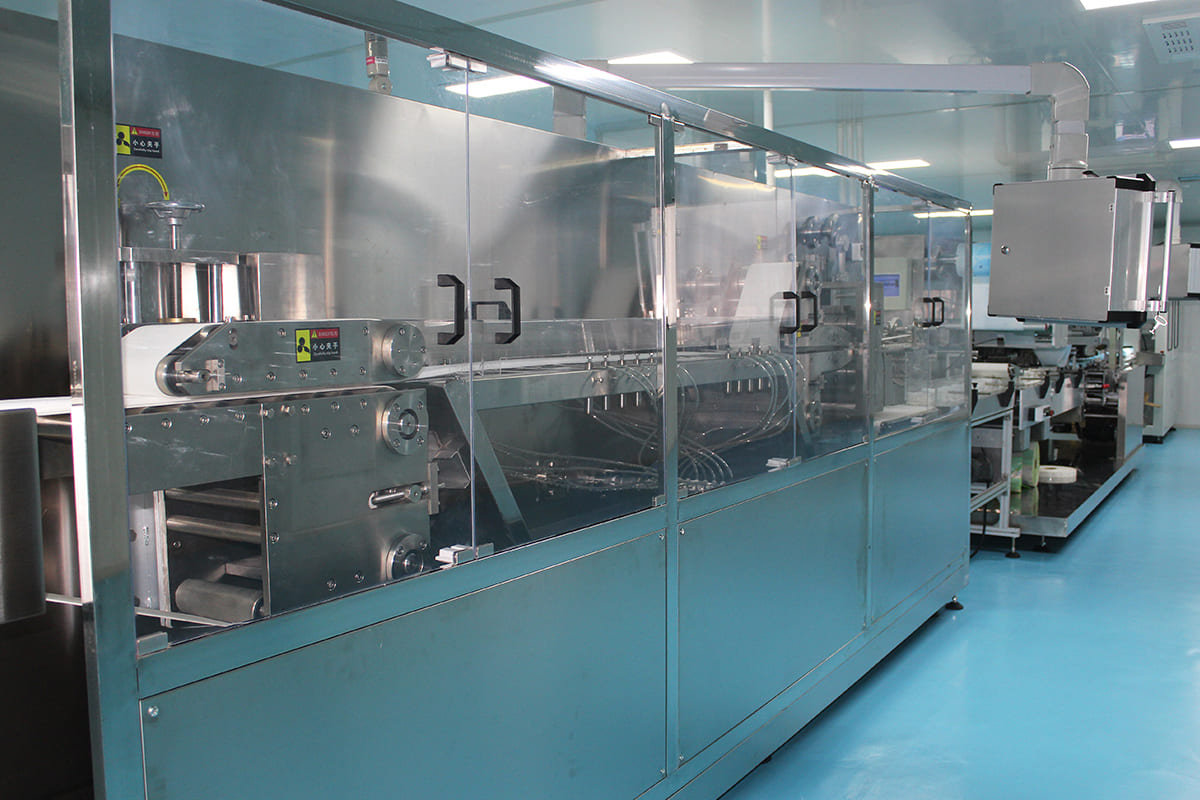
Factory audit must-checks
When Michael James visited our plant, he was surprised how much automation reduced human error11. That’s why I suggest always checking:
- Total number of wet wipe lines (ours: 8)
- Type of machinery used (automated vs semi)
- Average daily output12 (ours: 500,000+ packs/day)
- Folding and sealing precision
- In-line QC checkpoints
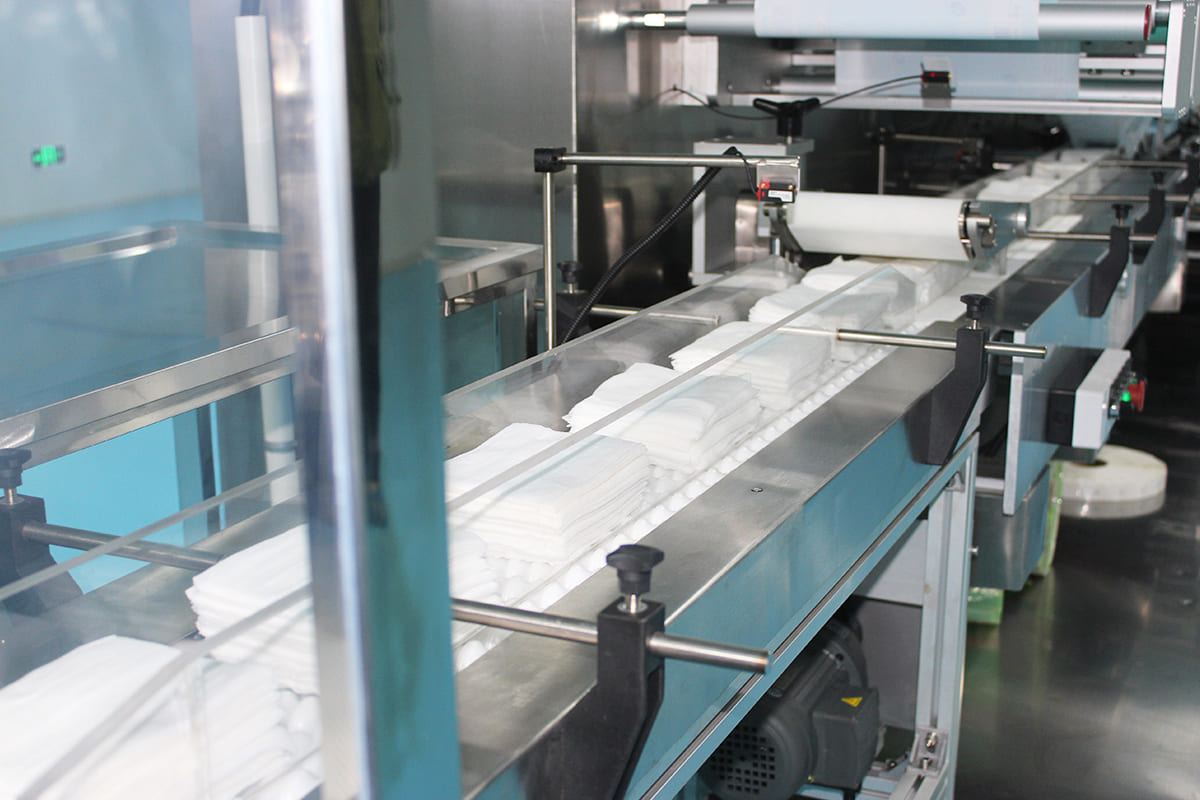
Here’s a simple checklist for your audit — remote or on-site:
| Factory Checkpoint | What to Ask |
|---|---|
| Equipment age13 | Is the machinery under 5 years old? |
| Line setup | How many SKUs run simultaneously? |
| Daily output14 | What’s your peak and average? |
| Backup power | How do you handle outages? |
| Workforce size | How many shifts per day? |
These questions not only reveal capacity, but also how prepared your supplier is for demand surges or technical issues.
Can they really customize your product?
Customization15 isn’t just a marketing tool. It’s how small brands win shelf space in saturated markets.
A good factory should offer flexible formula, packaging, material, and size options — and guide you through each step.
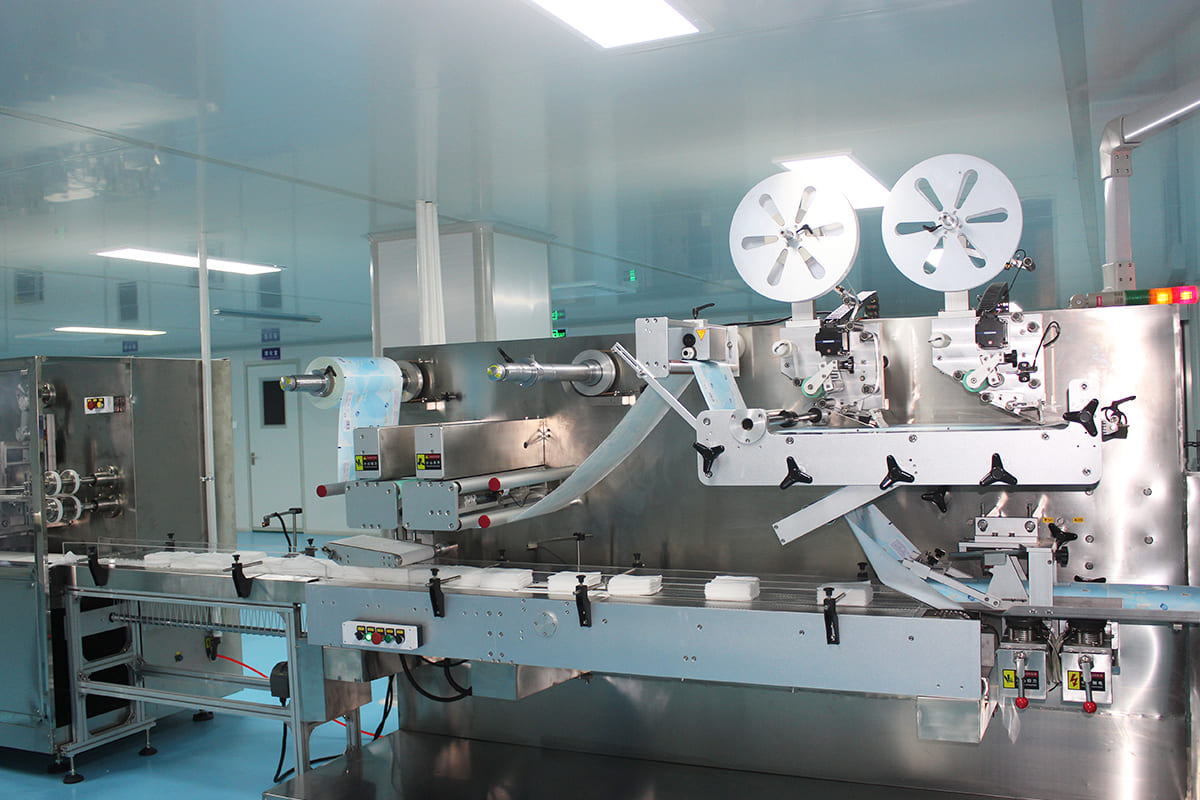
The OEM customization flow
I worked with a startup from the U.S. that couldn’t find a supplier to match their aloe-vera-rich formula in a biodegradable pack16. We created both — and now they ship 300,000 packs per month.
Common Customization Options
| Category | Options |
|---|---|
| Formula | Alcohol-free, Sensitive skin, Disinfectant |
| Size | 15x20cm, 18x20cm, 20x25cm |
| Material | Spunlace, Bamboo fiber, Viscose |
| Fragrance | Lavender, Citrus, Unscented |
| Packaging | Flowpack, Canister, Soft pack, Refill |
Ask for a sample round before production. And check whether they allow exclusive formulas or packaging rights17.
Do They Invest in R&D and Innovation18?
The wet wipes market is evolving fast. If your supplier can’t keep up, neither can you.
Look for manufacturers with dedicated R&D teams and proven development pipelines for new wipe types and packaging.

🔍 Questions to Test R&D Strength
Innovation isn’t about fancy words. It’s about real investment in labs, people, and pilot projects. Here’s what I’d ask a factory:
- How many R&D staff19 are full-time?
- Do you have an in-house lab or outsource?
- Can you provide a timeline of your last 3 new launches?
- What’s your average formula development lead time?
A strong R&D partner can help you launch new lines faster than your competition. Especially important if you’re aiming for niche markets like pet wipes, gym wipes, or eco wipes.
Are They Committed to Sustainability?
Buyers are shifting. Eco-wipes are no longer a trend — they’re a must.
Ask about biodegradable materials20 like viscose, bamboo, PLA, and certification like EN13432, OK compost, or FSC.
🌿 Understand Eco Certifications
I remember our first large biodegradable order from a UK distributor. He specifically asked for EN13432 — most factories had no clue. We had it ready, along with OK compost and FSC.
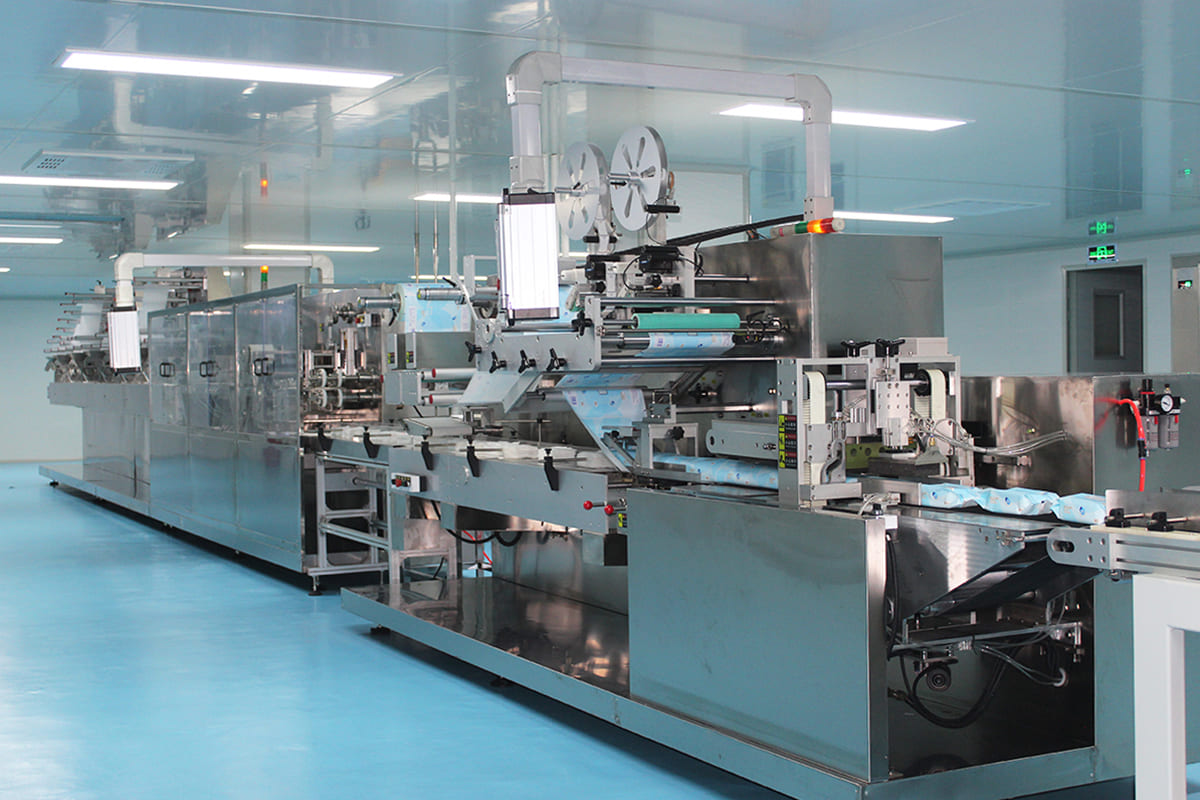
Material Table
| Material Type | Biodegradable21 | Certification Available22 |
|---|---|---|
| Viscose | Yes | EN13432, FSC |
| Bamboo fiber | Yes | OK Compost, FSC |
| PLA | Yes | Industrial compostable |
| PET | No | – |
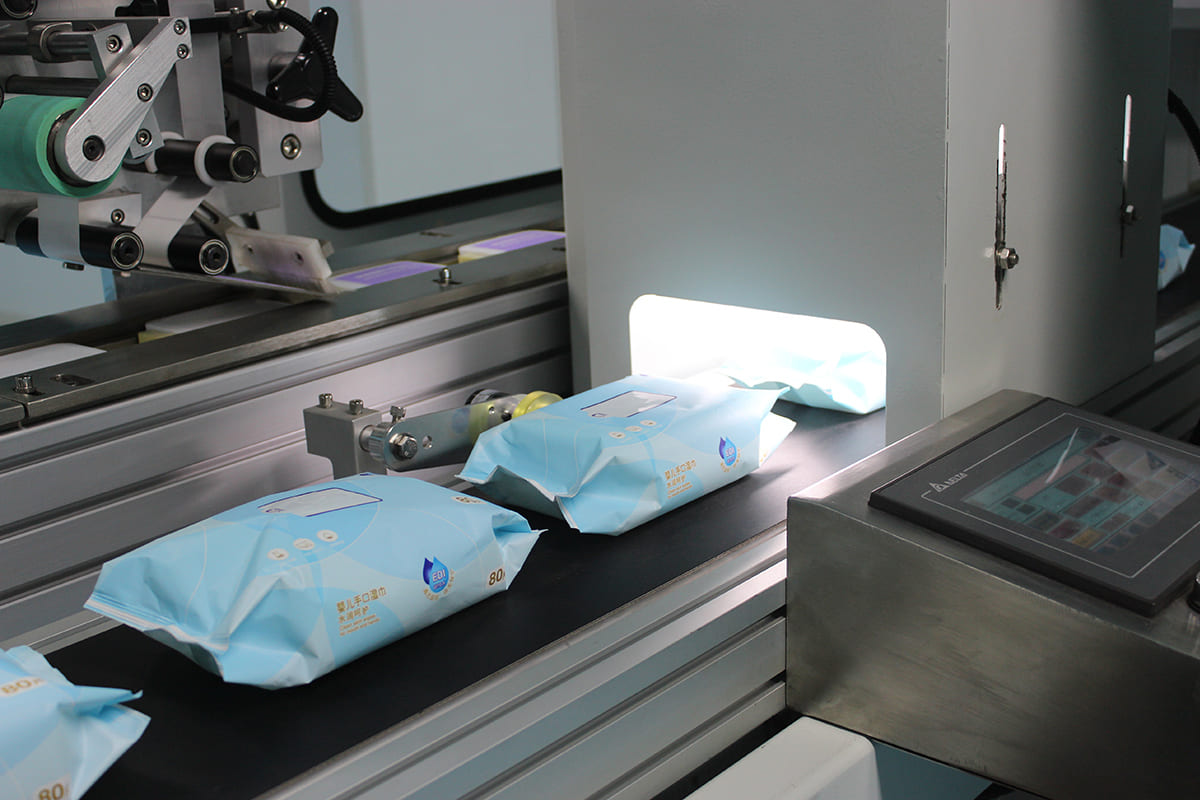
Environmental Impact Chart
| Wipe Type | Degrade Time23 | CO2 Emission24 | Compostable?25 |
|---|---|---|---|
| Regular spunlace (PET) | 100+ years | High | No |
| Viscose blend | 6-12 months | Medium | Partial |
| 100% bamboo | 4-6 months | Low | Yes |
Always ask for the raw material origin and biodegradability test reports.
Conclusion
Choosing the right wet wipes manufacturer means securing your product quality, speed, and brand credibility — long before the first shipment leaves port.
Elbert Zhao
Founder, Elbert Wipes Solutions
📧 [email protected] | 🌐 www.elbertwipes.com
8 production lines | 22 processing lines | OEKO-TEX certified | Walmart-approved supplier
-
Understanding the key factors in selecting a wet wipes manufacturer can save you time and ensure quality. Explore this resource for valuable insights. ↩
-
Evaluating factory capabilities is crucial for ensuring product quality and reliability. This link will guide you through the assessment process. ↩
-
Certifications are essential for ensuring compliance and quality in manufacturing. Discover which certifications are important for wet wipes manufacturers. ↩
-
Learn effective strategies to manage and mitigate risks associated with unreliable suppliers in your supply chain. ↩
-
Explore the importance of certifications in ensuring product quality and compliance in manufacturing processes. ↩
-
Understanding these terms is crucial for aligning your product with market needs and supplier capabilities. ↩
-
Understanding Private Label can help you leverage existing products for your brand with minimal investment. ↩
-
Understanding REACH certification is crucial for ensuring chemical safety compliance in the EU. Explore this link for detailed insights. ↩
-
FDA certification is vital for U.S. compliance. Learn more about its significance and verification process through this resource. ↩
-
Verifying EPA certification is essential for ensuring product safety. Discover the verification process and its importance here. ↩
-
Understanding the impact of automation on human error can enhance your factory’s efficiency and safety. ↩
-
Exploring average outputs can help you benchmark your production efficiency against industry standards. ↩
-
Understanding equipment age helps assess reliability and efficiency, crucial for production quality. Explore this link for deeper insights. ↩
-
Daily output metrics are vital for evaluating production capacity and efficiency. Learn more about its significance in manufacturing. ↩
-
Customization can be a game-changer for small brands, helping them stand out. Discover more about its benefits and strategies here. ↩
-
Exploring this resource will provide insights into the environmental advantages and market trends of biodegradable packaging, crucial for sustainable business practices. ↩
-
This link will clarify the significance of exclusive rights in manufacturing, ensuring your product’s uniqueness and market advantage. ↩
-
Understanding the role of R&D in product development can help you choose suppliers that drive innovation and keep your products competitive. ↩
-
Understanding the role of R&D staff can help you gauge a company’s commitment to innovation and quality. ↩
-
Exploring the benefits of biodegradable materials can enhance your knowledge of sustainable practices in product development. ↩
-
Exploring this resource will help you understand the environmental advantages of biodegradable materials and their impact on sustainability. ↩
-
This link will provide insights into various certifications that ensure materials meet sustainability standards, enhancing your knowledge on eco-friendly choices. ↩
-
Understanding Degrade Time helps consumers make informed choices about sustainability and environmental impact. ↩
-
Exploring CO2 Emission impacts can deepen your understanding of how products contribute to climate change. ↩
-
Learning about compostable products can guide you towards more eco-friendly purchasing decisions. ↩

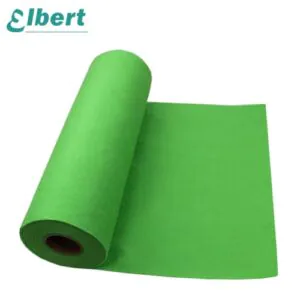


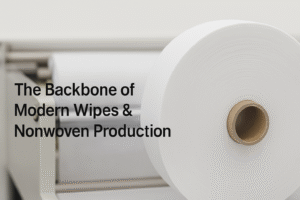

2 Responses
Je recommande vivement Ernestopro.fr comme partenaire fiable pour la fabrication de lingettes humides. Leur expertise dans la personnalisation des produits, leurs certifications reconnues et leur engagement en faveur de la durabilité en font un choix idéal pour répondre efficacement à vos besoins professionnels. Leur équipe est réactive et innovante, assurant un produit de qualité conforme à vos attentes. Pour une collaboration réussie, Ernestopro.fr est à privilégier.
Thanks for your comments.